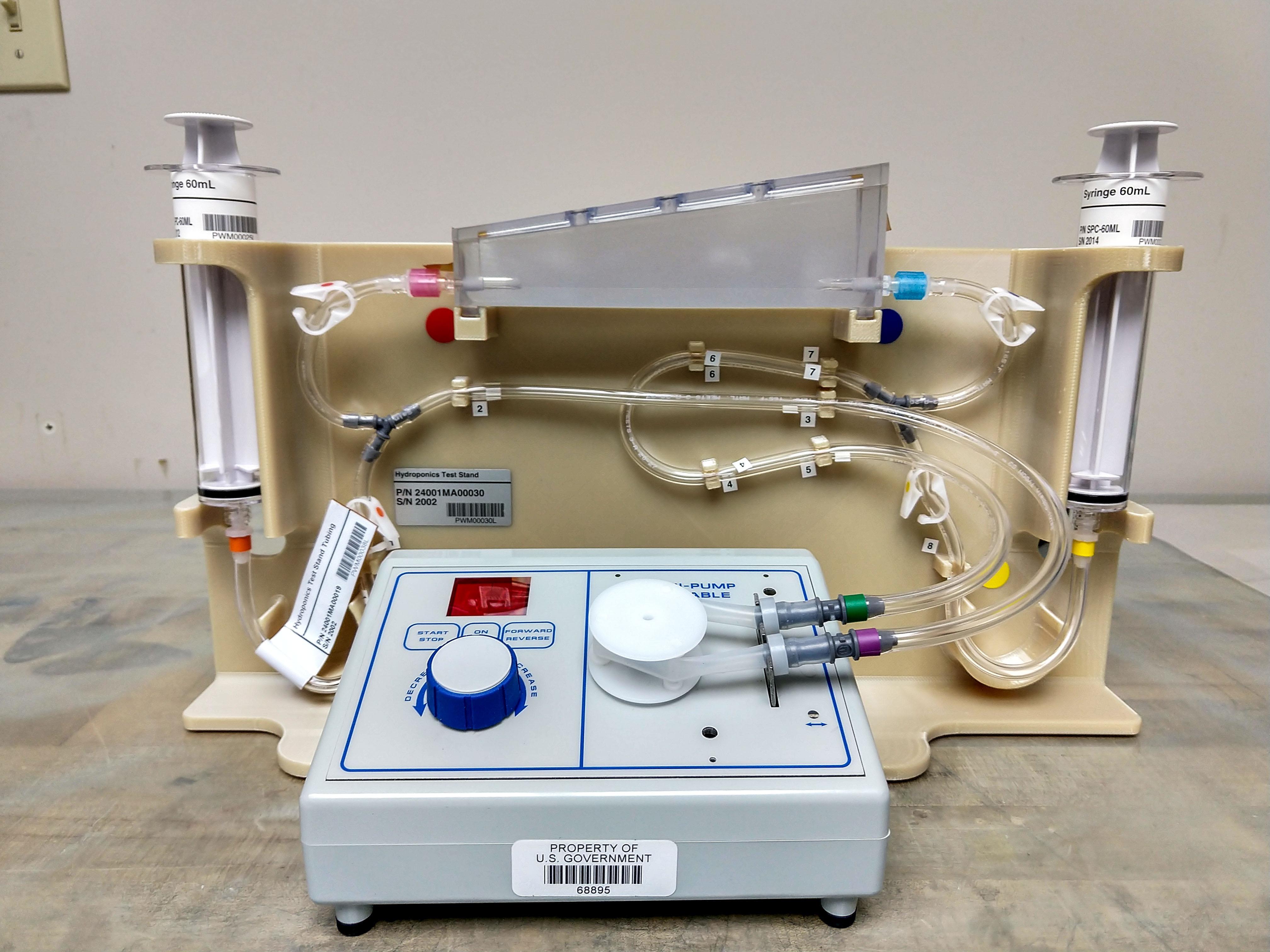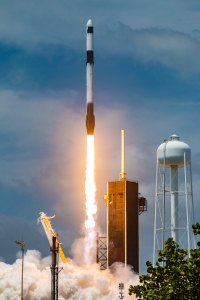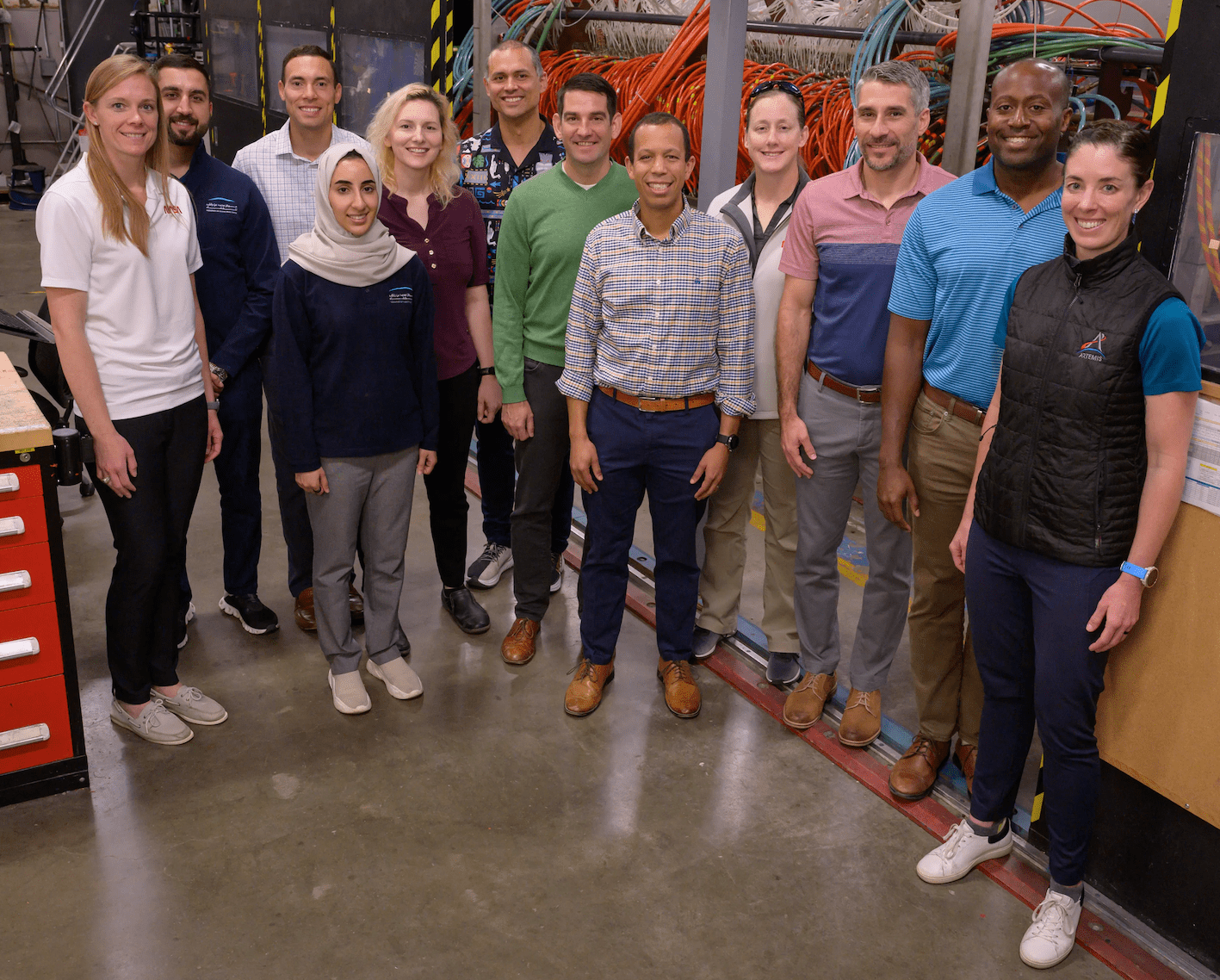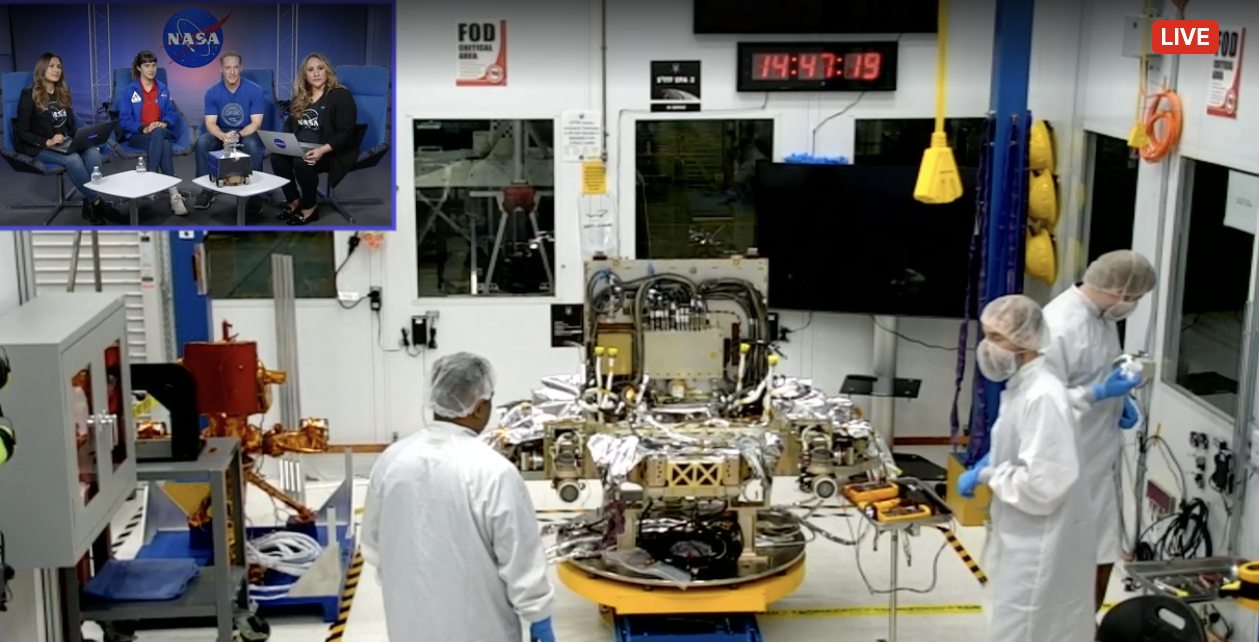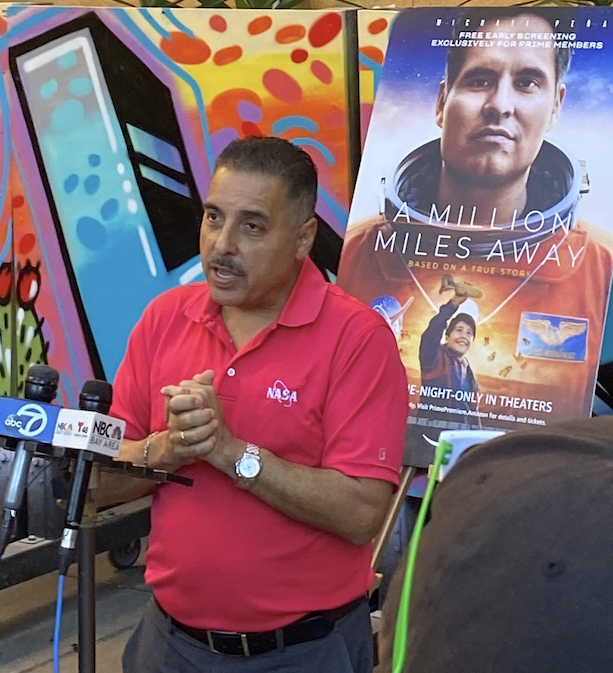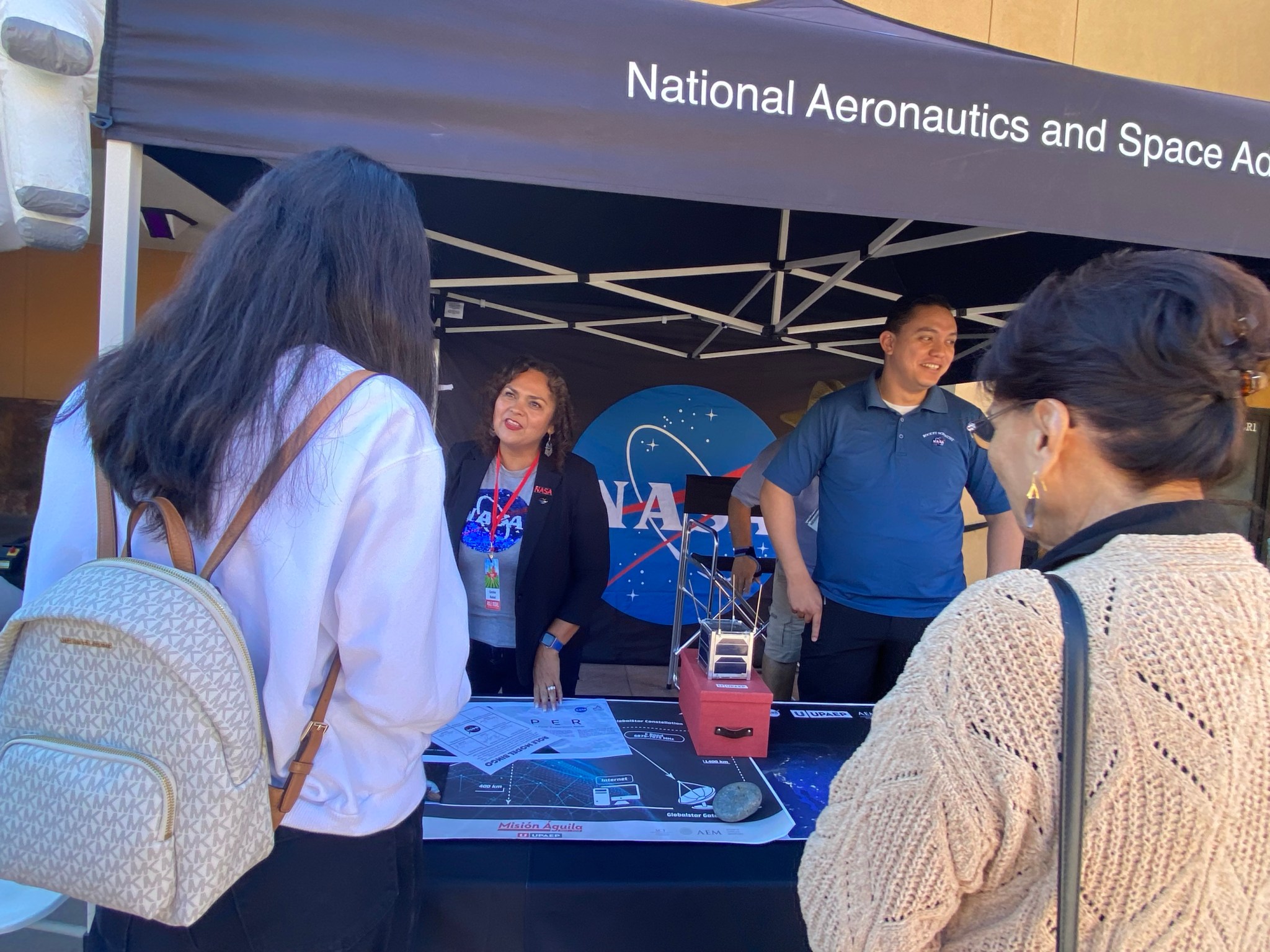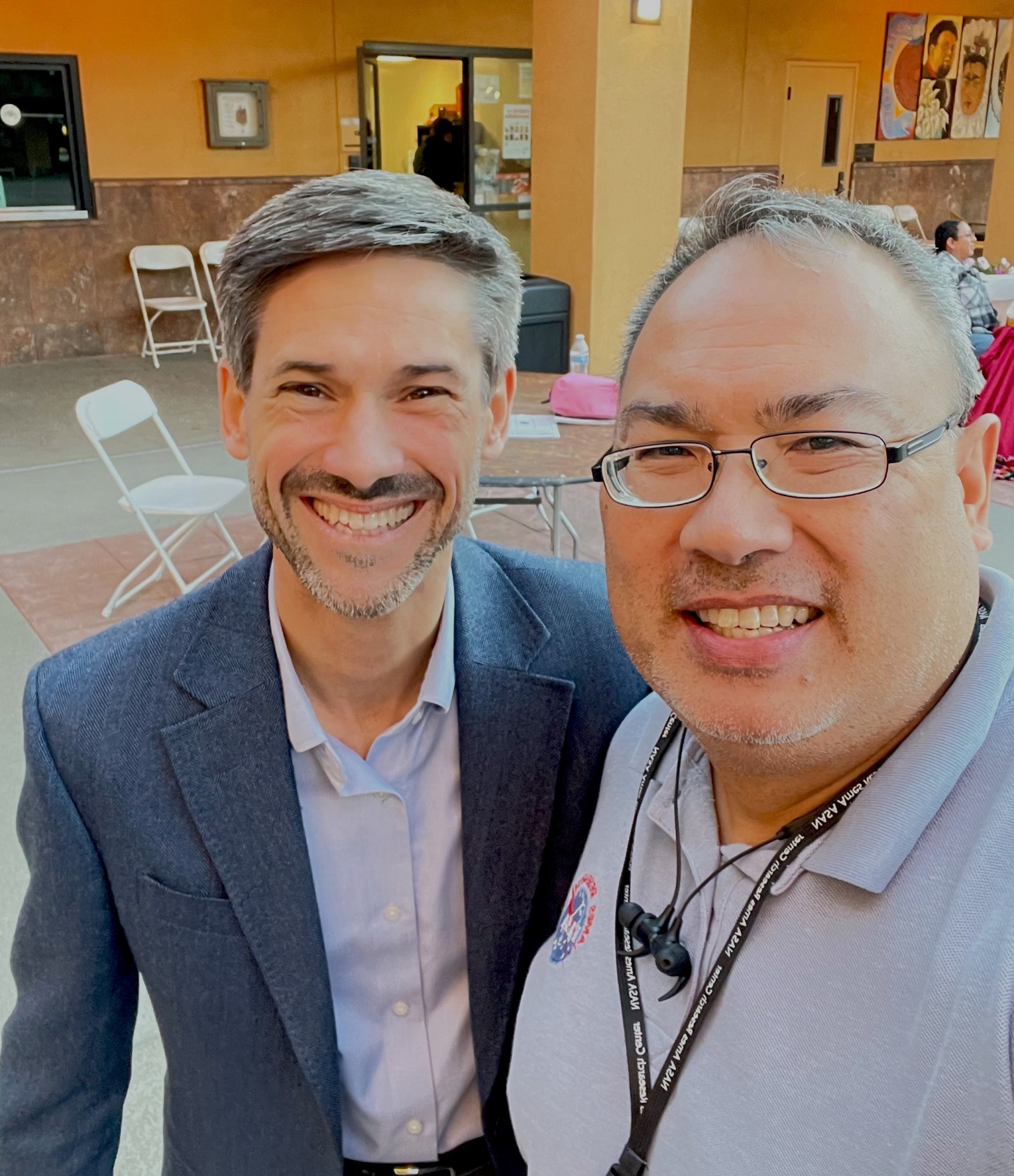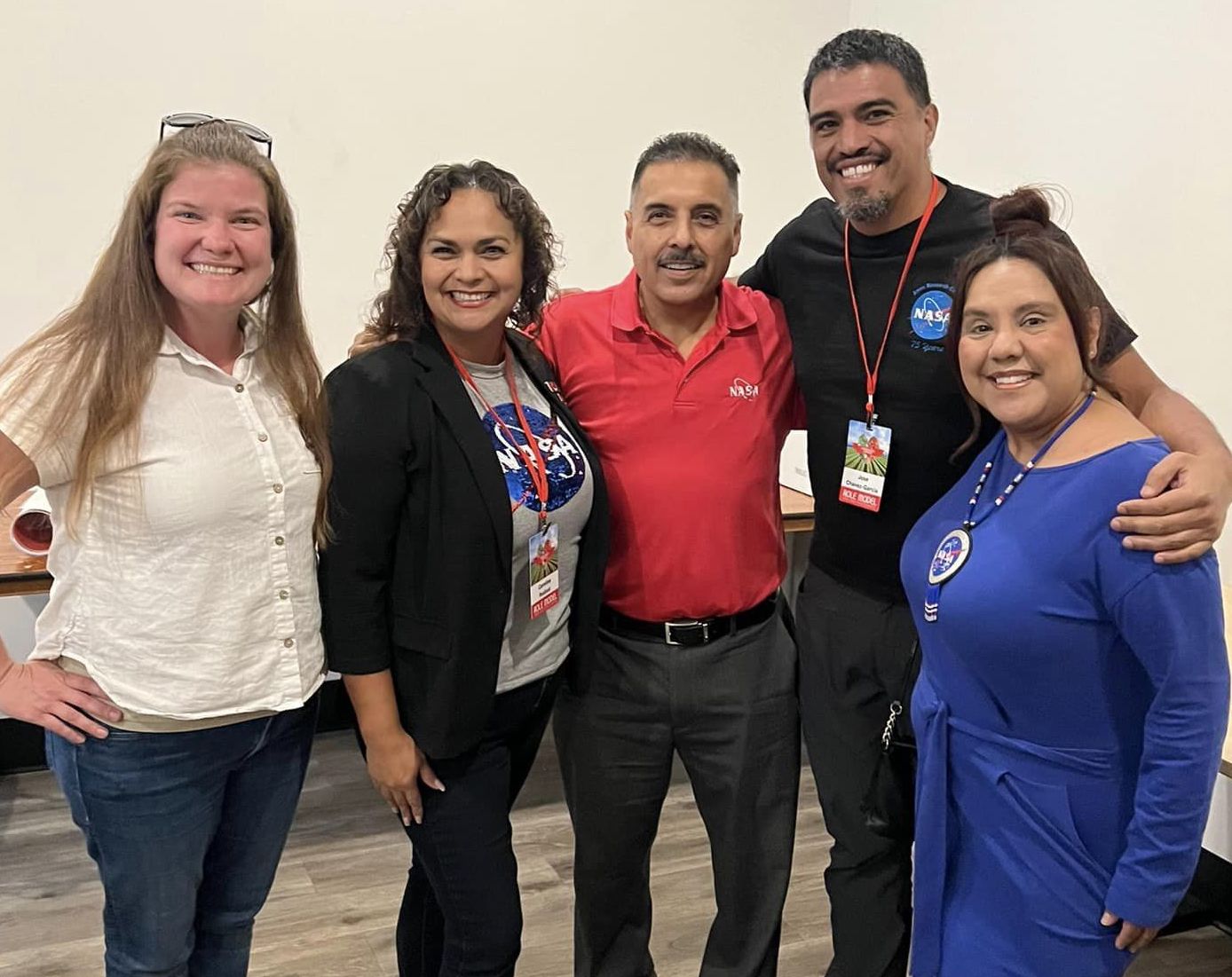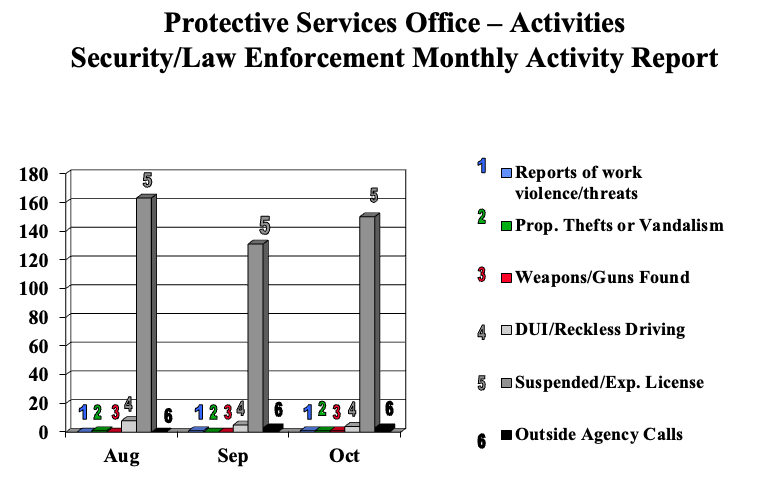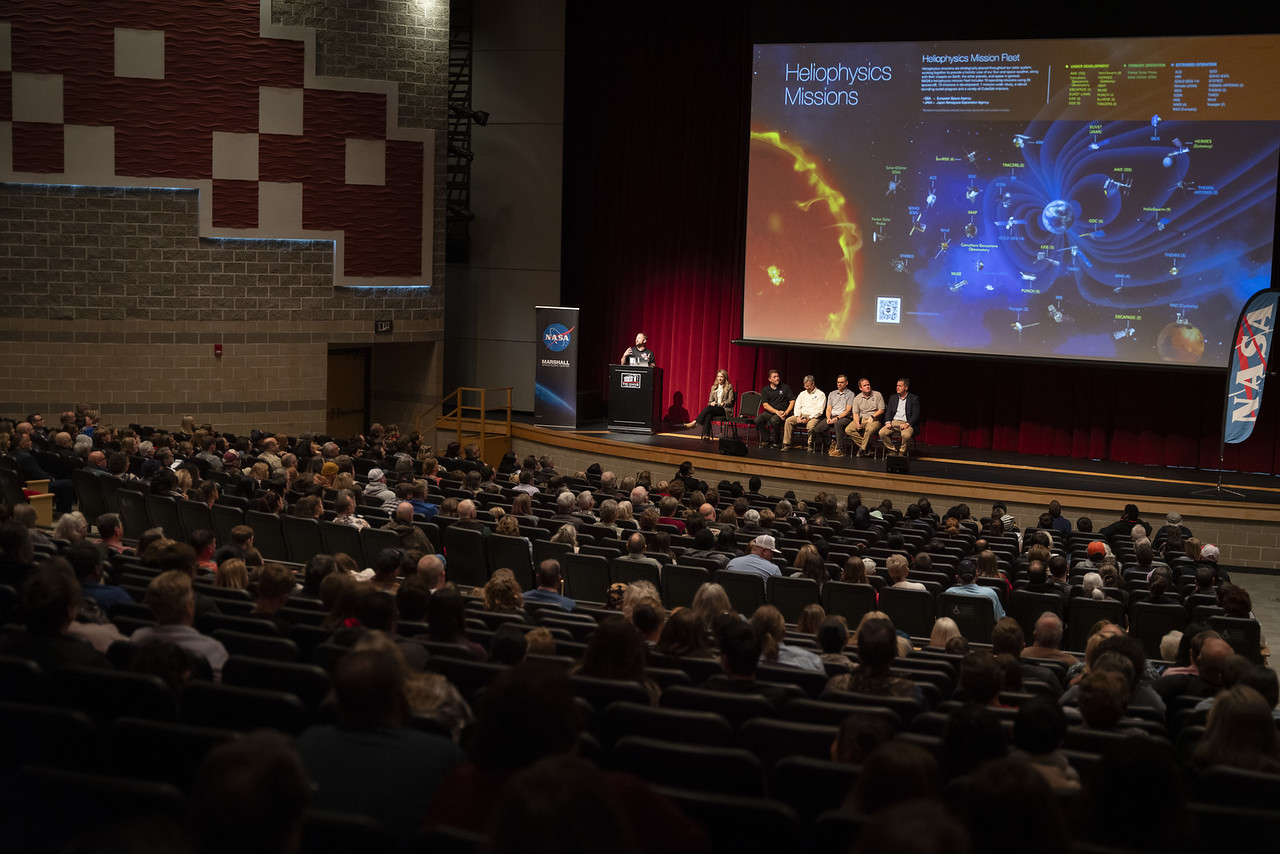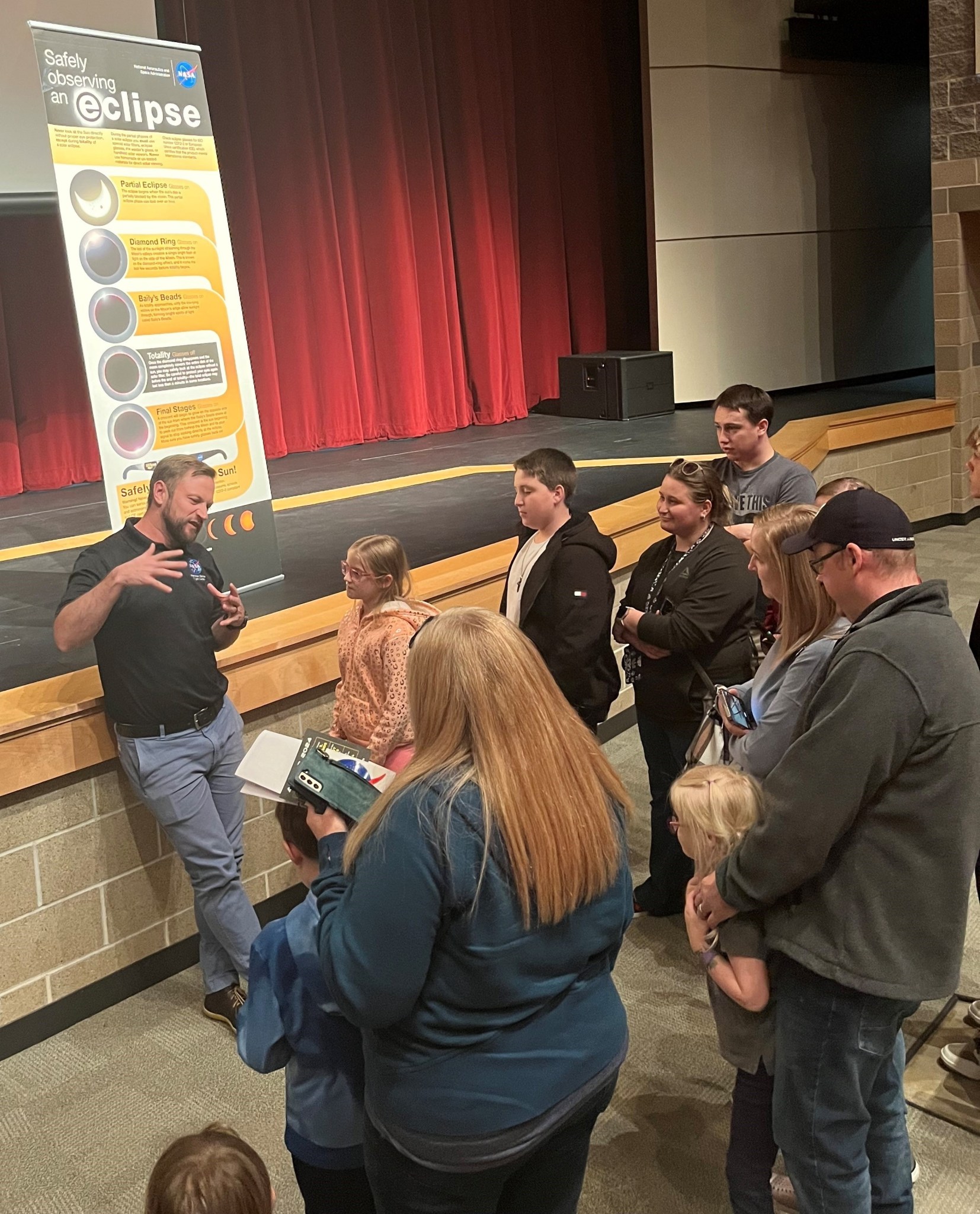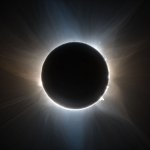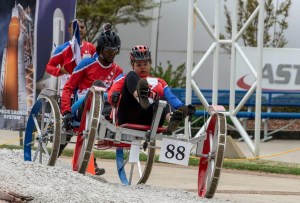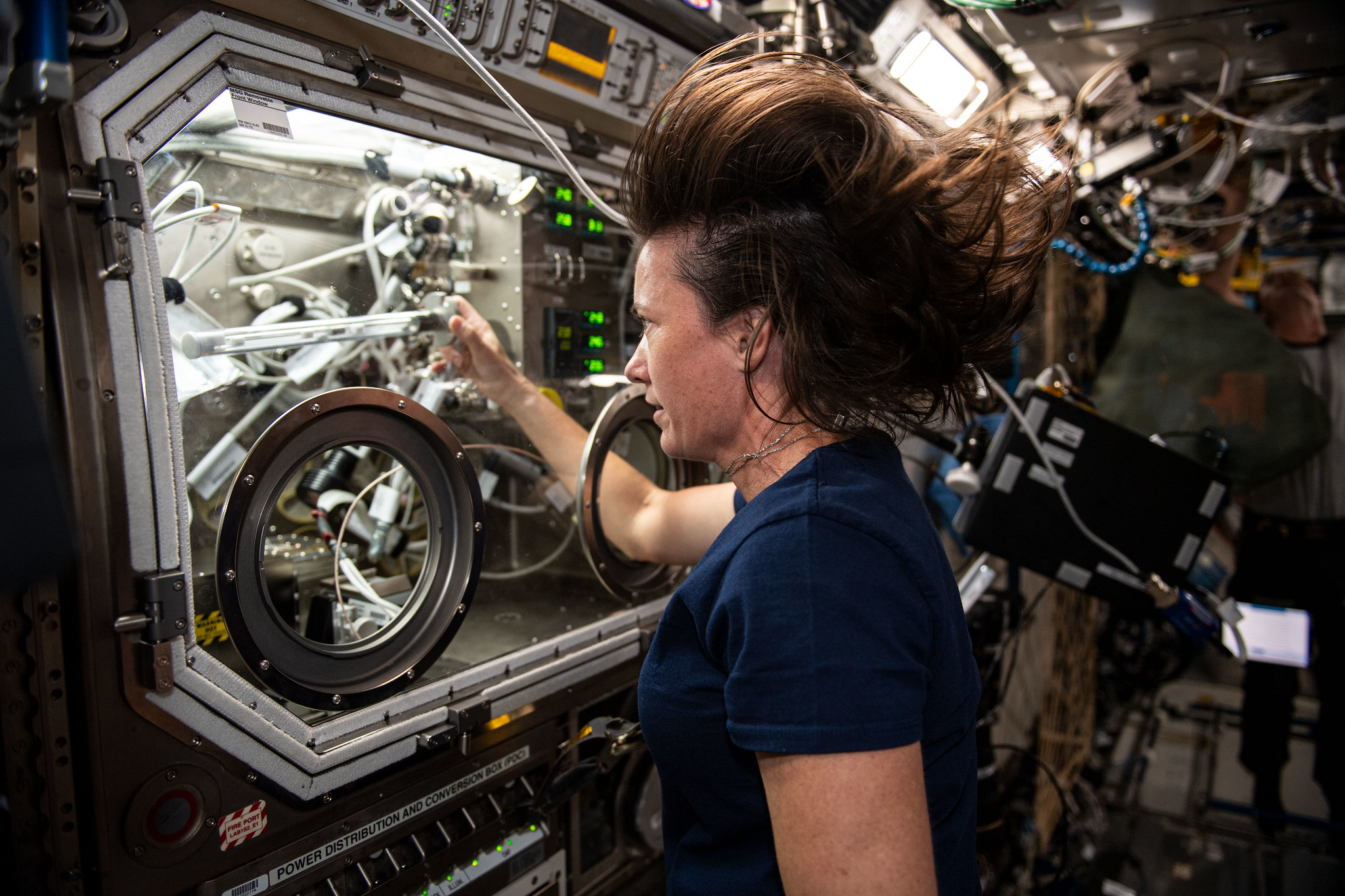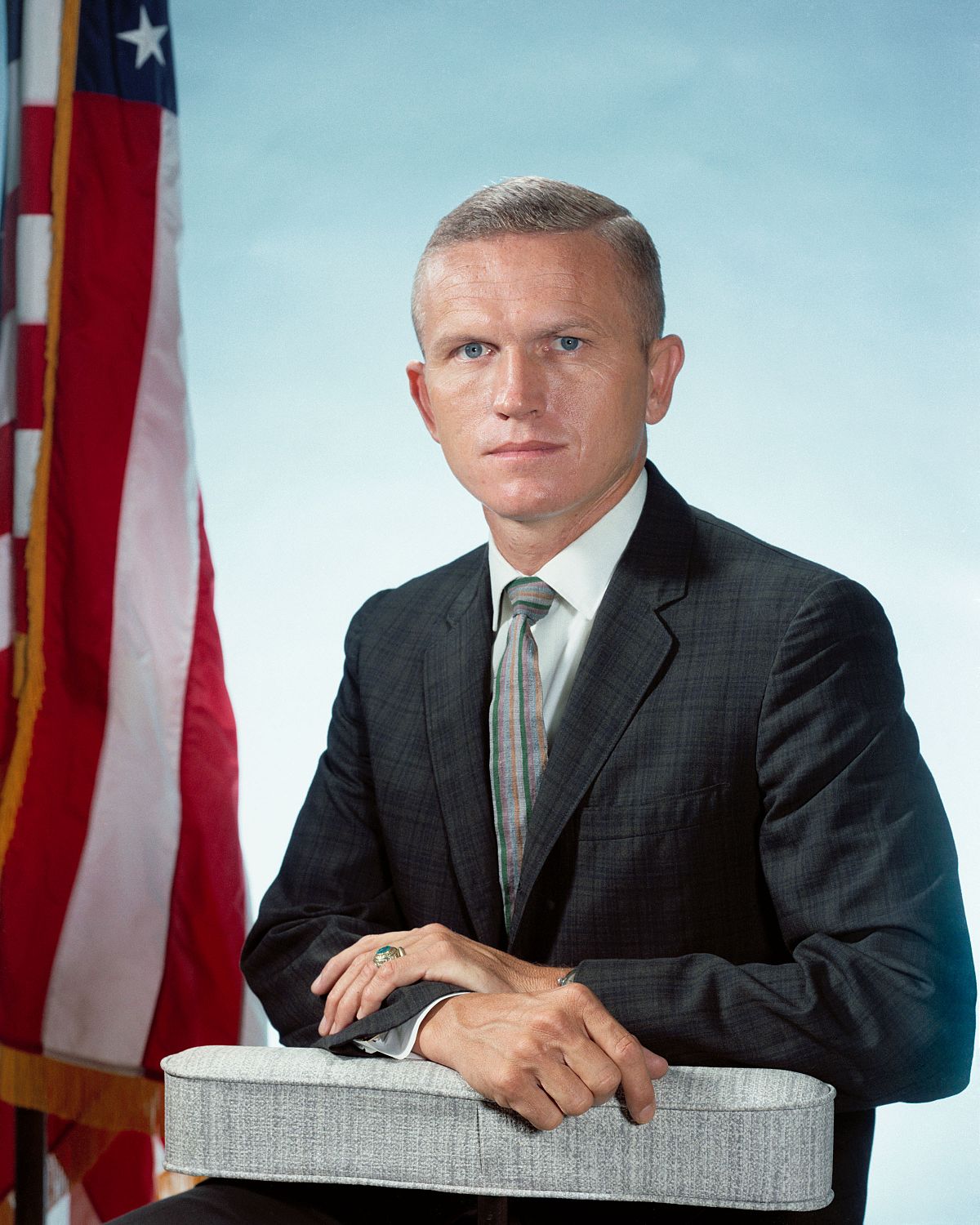NASA, SpaceX Launch New Science, Hardware to Space Station
4 min read
NASA, SpaceX Launch New Science, Hardware to Space Station
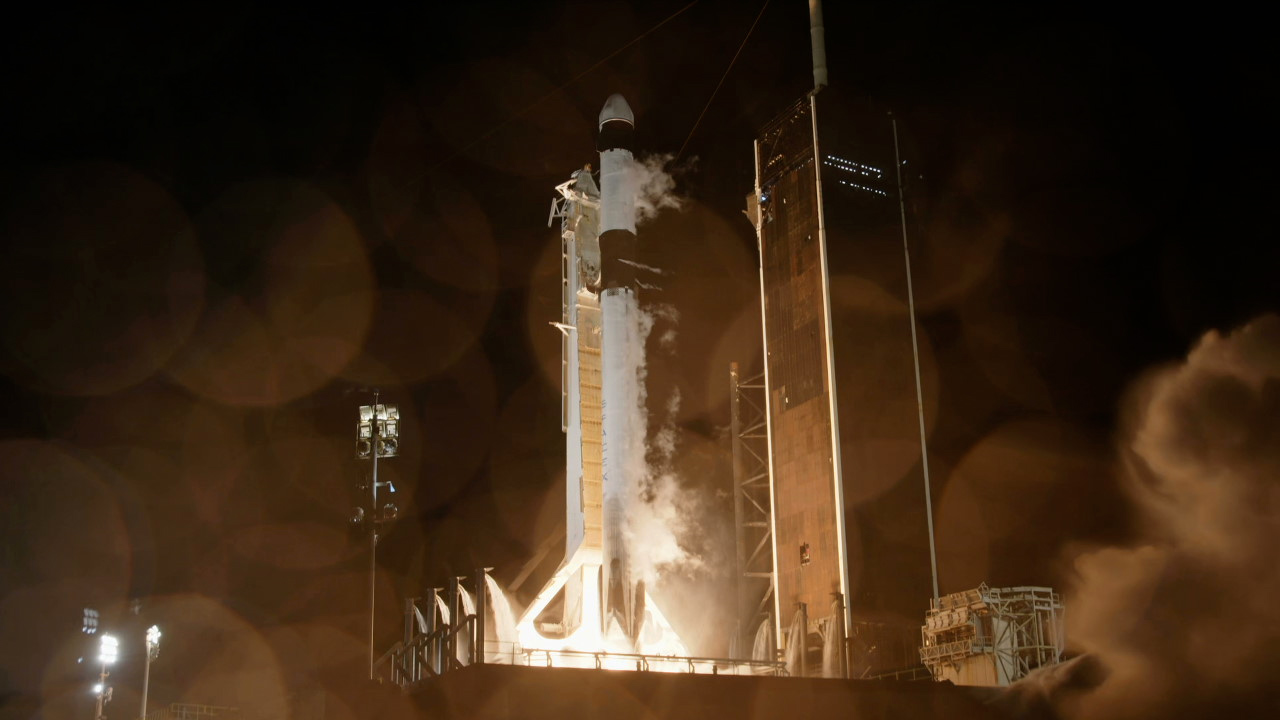
Following a successful launch of NASA’s SpaceX 29th commercial resupply mission, scientific experiments and technology demonstrations, including studies of enhanced optical communications and measurement of atmospheric waves, are on their way to the International Space Station.
SpaceX’s uncrewed Dragon resupply spacecraft, carrying about 6,500 pounds of cargo to the orbiting laboratory, launched on the company’s Falcon 9 rocket at 8:28 p.m. EST, Thursday, Nov. 9, from Launch Complex 39A at NASA’s Kennedy Space Center in Florida.
The cargo spacecraft is scheduled to autonomously dock at the space station on Saturday, Nov. 11 at 5:21 a.m. and remain at the orbital outpost for about a month.
Live coverage of the arrival will begin at 3:45 a.m. on the NASA+ streaming service via the web or the NASA app. Coverage also will air live on NASA Television, YouTube, and on the agency’s website. Learn how to stream NASA TV through a variety of platforms including social media.
The SpaceX Dragon will deliver NASA’s ILLUMA-T (Integrated Laser Communications Relay Demonstration Low-Earth-Orbit User Modem and Amplifier Terminal), which aims to test high data rate laser communications from the space station to Earth via the agency’s LCRD (Laser Communications Relay Demonstration), as well as the agency’s AWE (Atmospheric Waves Experiment), which studies atmospheric gravity waves to understand the flow of energy through Earth’s upper atmosphere and space.
The spacecraft will also deliver the following:
Respiratory Health Research
Gaucho Lung, sponsored by the International Space Station National Lab, studies how mucus lining the respiratory system affects the delivery of drugs carried in a small amount of injected liquid, known as a liquid plug. Conducting this research in microgravity makes it possible to isolate the factors involved, including capillary or wicking forces, mucus characteristics, and gravity. Understanding the role of these factors could inform the development and optimization of targeted respiratory treatments.
Water Filtration Technology
Aquamembrane-3, an investigation from ESA (European Space Agency), continues evaluation of replacing the multi-filtration beds used for water recovery on the space station with a type of membrane known as an Aquaporin Inside Membrane. These membranes incorporate proteins found in biological cells, known as aquaporins, to filter water faster while using less energy. Results could advance development of a complete and full-scale membrane-based water recovery system, improving water reclamation and reducing the amount of material that needs to be launched to the space station. This water filtration technology also could have applications in extreme environments on Earth, such as emergency settings, and decentralized water systems in remote locations.
Additionally, the cargo spacecraft will deliver hardware to the orbital outpost including:
- replacement parts for the spacecraft atmosphere monitor, which checks the quality of the cabin atmosphere
- space tissue equivalent dosimeter, which collects data on radiation exposure and characterizes the space radiation environment
- Plant Habitat-06, which will evaluate the effects of spaceflight on plant defense responses using multiple genotypes of tomato
- combustion integrated rack and a fluid oxidizer management assembly calibration unit, which are used to maintain proper calibration and operation of the combustion experiment workstation’s gas system
These are just a few of the hundreds of investigations currently being conducted aboard the orbiting laboratory in the areas of biology and biotechnology, physical sciences, and Earth and space science. Advances in these areas will help keep astronauts healthy during long-duration space travel and demonstrate technologies for future human and robotic exploration beyond low Earth orbit to the Moon and Mars through NASA’s Artemis program.
Get breaking news, images and features from the space station on Instagram, Facebook, and X.
Subscribe and get the latest NASA news with a weekly update in your inbox:
https://www.nasa.gov/subscribe
-end-
News Media Contacts:
Joshua Finch / Julian Coltre
Headquarters, Washington
202-358-1100
josuha.a.finch@nasa.gov / julian.n.coltre@nasa.gov
Leah Cheshier
Johnson Space Center, Houston
281-483-5111
leah.d.cheshier@nasa.gov
Powered by WPeMatico
Get The Details…
Claire A. O’Shea



